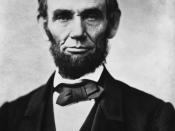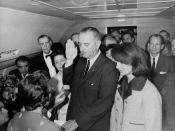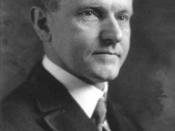What are the main criteria for rating presidents?
More than any other political figure, the President of the United States of
America attracts the scrutiny and passion of the American people. As their
elected Head of State, he represents the presence of the masses, and is seen as
the figurehead of the nation in times of national crisis and grief. The last few
decades have seen a public disillusionment with the democratic process in
American politics, and, as a consequence, the electorate look to a strong
president to support their interests against those in power whom they do not
trust. During his term in office, the president is continuously examined within
the minds of the masses, most acutely through the various limbs of the media.
All presidents begin their terms, having just been voted in by the majority of
the populace, with broad public support. Evidence shows however that this
support, or `popularity rating' wanes over time, peaking only after military or
other dramatic action.
Political scientists have long considered this aspect of
the presidency a valid one for further study, and have designed several
mechanisms for the classification of presidents. These theories help to explain
exactly what makes a president `good' or `bad', and it is these that I will try
to define and explore in order to answer the question given.
Perhaps the greatest contributor to presidential studies, at least on the
specifics of success analysis, James Barber, puts forward a binary matrix
involving two baselines. The first, activity-passivity, places the presidents
according to the amount of energy invested in day-to-day activities. For example
the notoriously hard-working Lyndon Johnson, who slept as little as possible in
order to have more time to work, features far higher on this scale than the
lethargic Calvin Coolidge, who often...



Presidential ranking....
I have no clue what this paper has to do with the UN...but, oh well...
For what the paper is titled, it does a good job of describing factors in how presidents are ranked by approval...
A useful research tool...
Good Job.
3 out of 3 people found this comment useful.